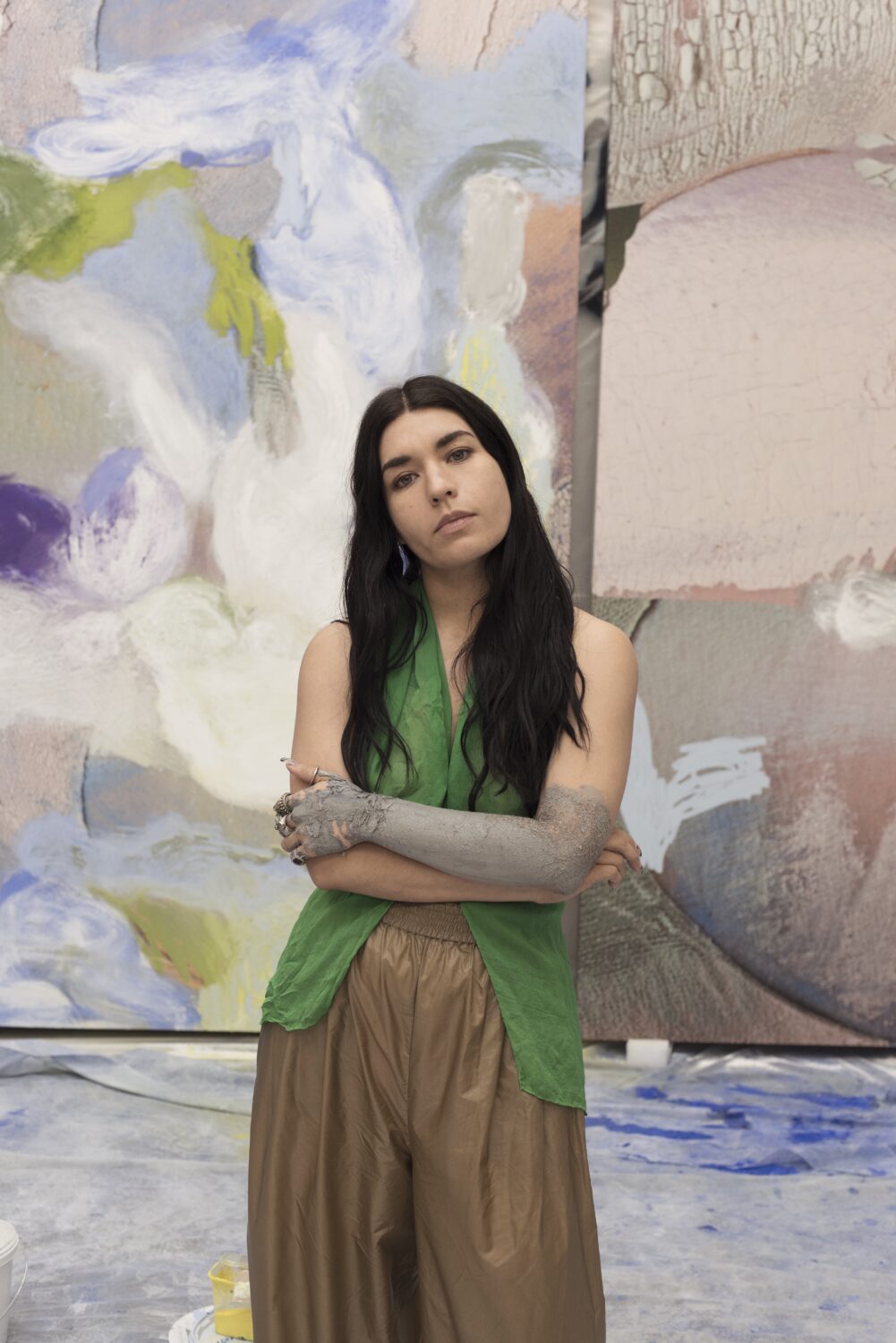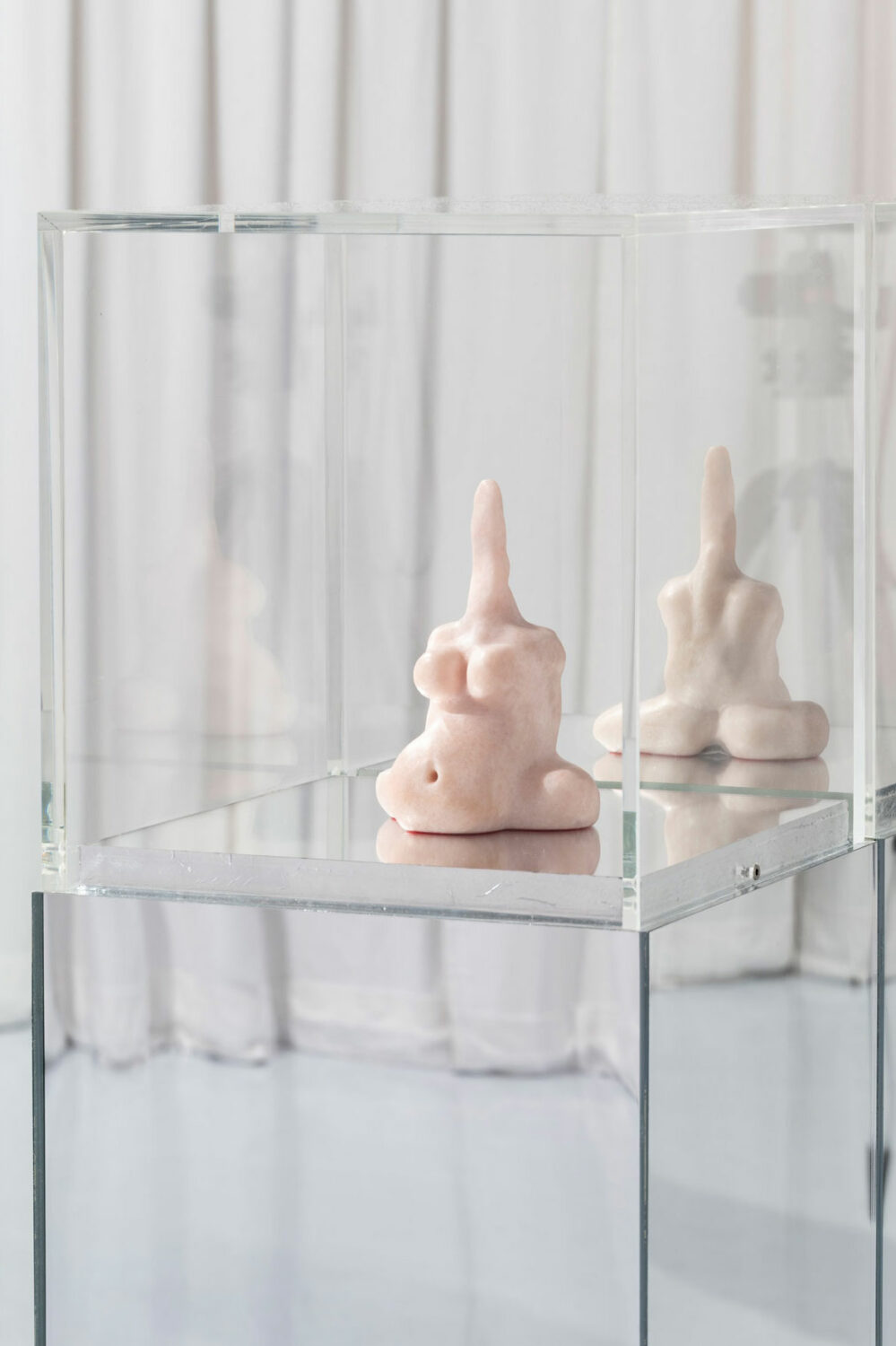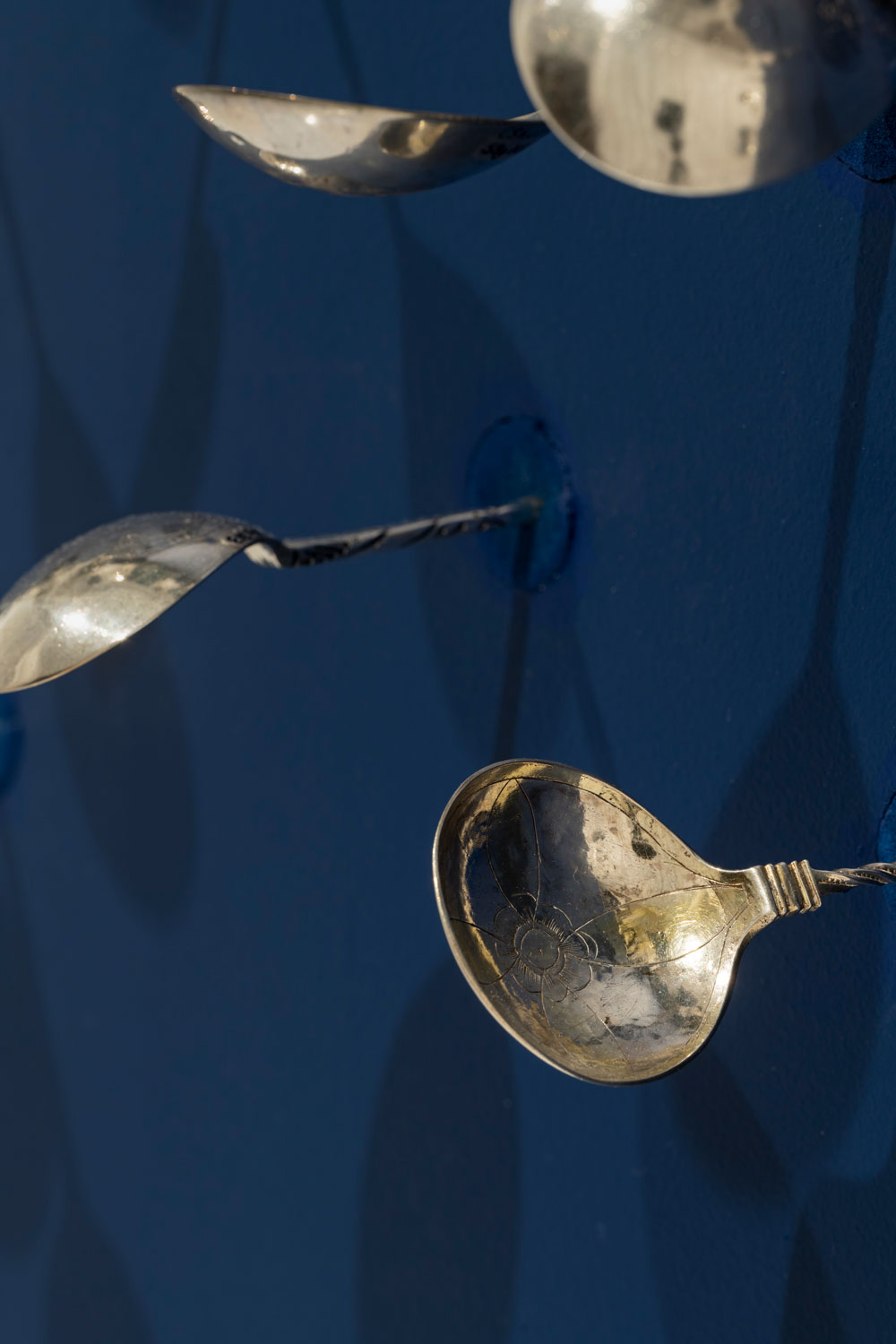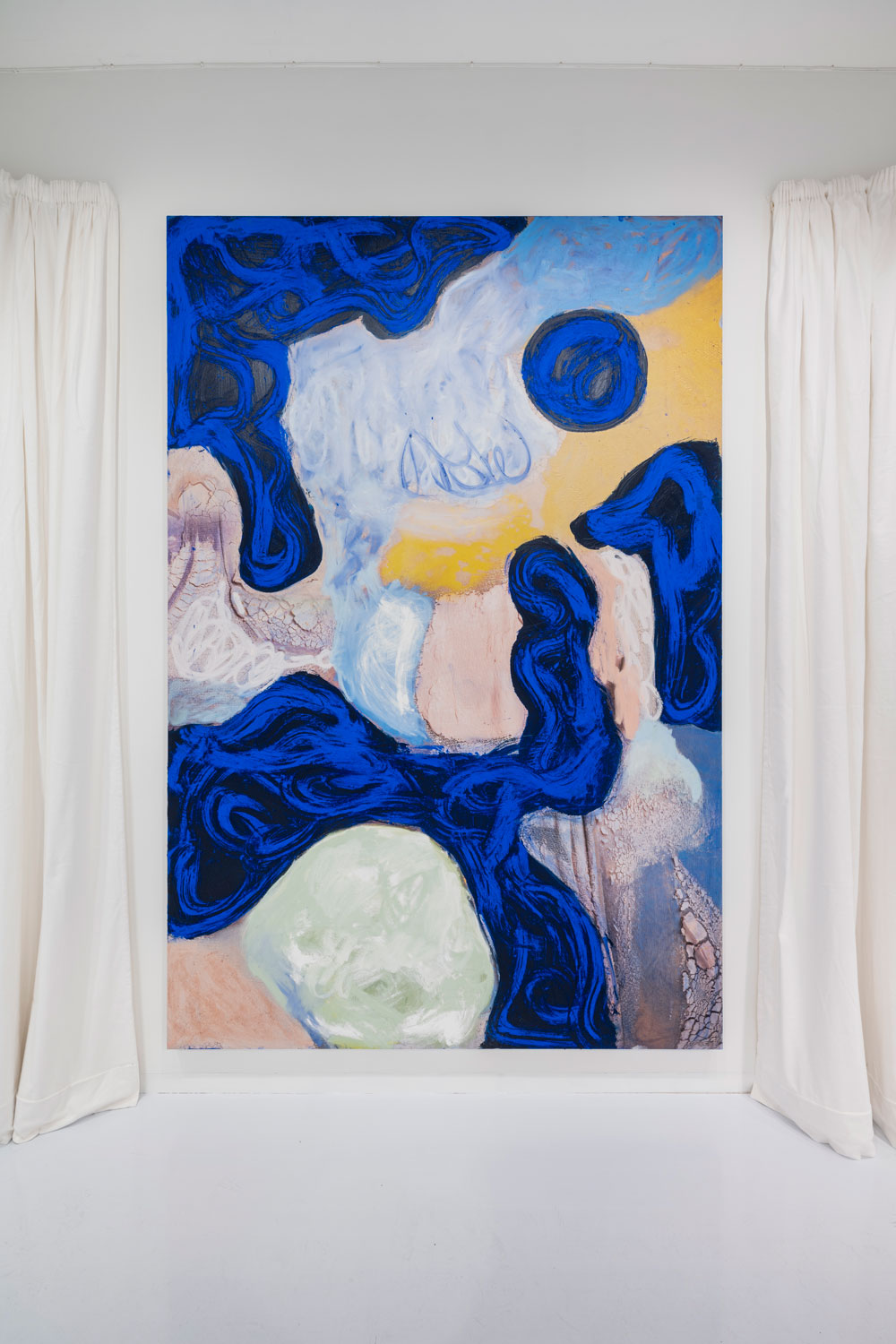Interview: Donna Huanca On Extractive Economies & The Transportive Power Of Scent
By Something CuratedThe interdisciplinary practice of Donna Huanca traverses painting, sculpture, performance, choreography, video and sound, combining to form a unique multisensory language underpinned by collaboration. At the very heart of her output is an exploration of the human body and its relationship to space and identity. Her live sculptural pieces, or in the artist’s words, “original paintings,” work primarily with the nude female body, drawing particular attention to the skin as a complex surface via which we experience the world around us. Open now and running until 1 January 2023, Huanca concludes Whitechapel Gallery’s series of artist-curated displays drawn from the collection of the Christen Sveaas Art Foundation with an invitation to enter PORTAL DE PLATA (Silver Portal). In this final presentation, Huanca brings together paintings and sculptures paired with a specially commissioned scent and sound work by the artist to address the entangled relationship between colonialism, displacement, and the state of self-recognition. To learn more, Something Curated spoke with Huanca.

Something Curated: Can you tell us about the new exhibition you have curated at Whitechapel Gallery?
Donna Huanca: The title of the exhibition is PORTAL DE PLATA (Silver Portal). I was invited to curate a show using works from the Christen Sveaas collection. For this installation I wanted to create an oasis, a dream-like space at the Whitechapel Gallery. We transformed the gallery architecture into a circular space where the viewer can meditate and focus on each work closely in order to create associations between the pieces as well as temporal shifts. Intimacy with each work was very important for me, so along with the circular architecture we created side alcoves which allow the viewer to experience these rare works individually. I also created a scent and sound work that permeates the architecture, with sounds that whisper from all corners of the gallery, grounding the viewer in the present.

SC: From Louise Bourgeois to Else Hagen, how did you approach selecting the artists and works to include in the show?
DH: My selection process was very instinctual. I wasn’t familiar with Else Hagen or Bjørn Carlsen’s works before this opportunity, but both artists’ paintings spoke to me in their capacity to represent tenderness and isolation, which are themes that I feel that Bourgeois’ and my work also share. I feel connected to Bourgeois’ practice because we both work with the study of our family history and the body.
SC: What is the thinking behind the newly commissioned scent and sound work you created for this occasion?
DH: Throughout my practice, I have always created sound and scent works that are embedded within my installations – it is a process that reflects my ongoing engagement with memory and embodiedness. On the one hand, because scent is so connected to memory, and I feel that engaging all of your senses can create a deeper memory. I also think a lot about how my installations are experienced, and how media has shaped the way we engage with visual works. It’s likely that many people will only experience my work through the documentation of it. So on the other hand, the scent and sound works are aspects of my practice that only the in-person audience experiences, and I hope that it has a meditative effect, encouraging the viewer to feel grounded in their body.

SC: Could you expand on the significance of the exhibition’s title, PORTAL DE PLATA?
DH: PORTAL DE PLATA translates to SILVER PORTAL, which relates to the silver spoons in the exhibition. In my work I’m interested in the natural world and have always been fascinated by geology. These themes of course cannot be touched upon without dealing with the intertwined histories of resource extraction and colonialism. Potosi, Bolivia is the city where my father was born, which is known for having one of the biggest silver mines in the world, and between the 16th and 18th centuries, 80% of all of the world’s silver supply came from the Cerro Rico. It’s still a huge part of the Bolivian economy and was key to the colonial project.
Upon entering the gallery, the viewer encounters antique spoons puncturing a blue wall. In Bolivian folklore, spoons are associated with the womb, but these spoons are inverted – they resemble spears more so than a receptacle. As the viewer continues, they encounter a meditative circular space created by white curtains – entering the portal. Portals are also transportive, and are symbols for transitions; the mirror in the centre of the room brings the viewer into the work and allows them to see themselves while echoing the artworks.

SC: How was your experience in the role of curator; and are you interested in working on further curatorial projects?
DH: It was really interesting to look at someone’s private collection, since it is a very specific and personal point of view. Since I’m not a curator, my approach was to work with the Christian Sveaas collection within the context of my world, so I chose these pieces as signals to create a larger narrative that layer themes of colonialism and extractive economies for a meditation on self-recognition and autobiography within the creative process.
Feature image: Christen Sveaas Art Foundation: PORTAL DE PLATA Selected by Donna Huanca. Whitechapel Gallery, London. 26 August 2022 – 1 January 2023. Photo: Damian Griffiths